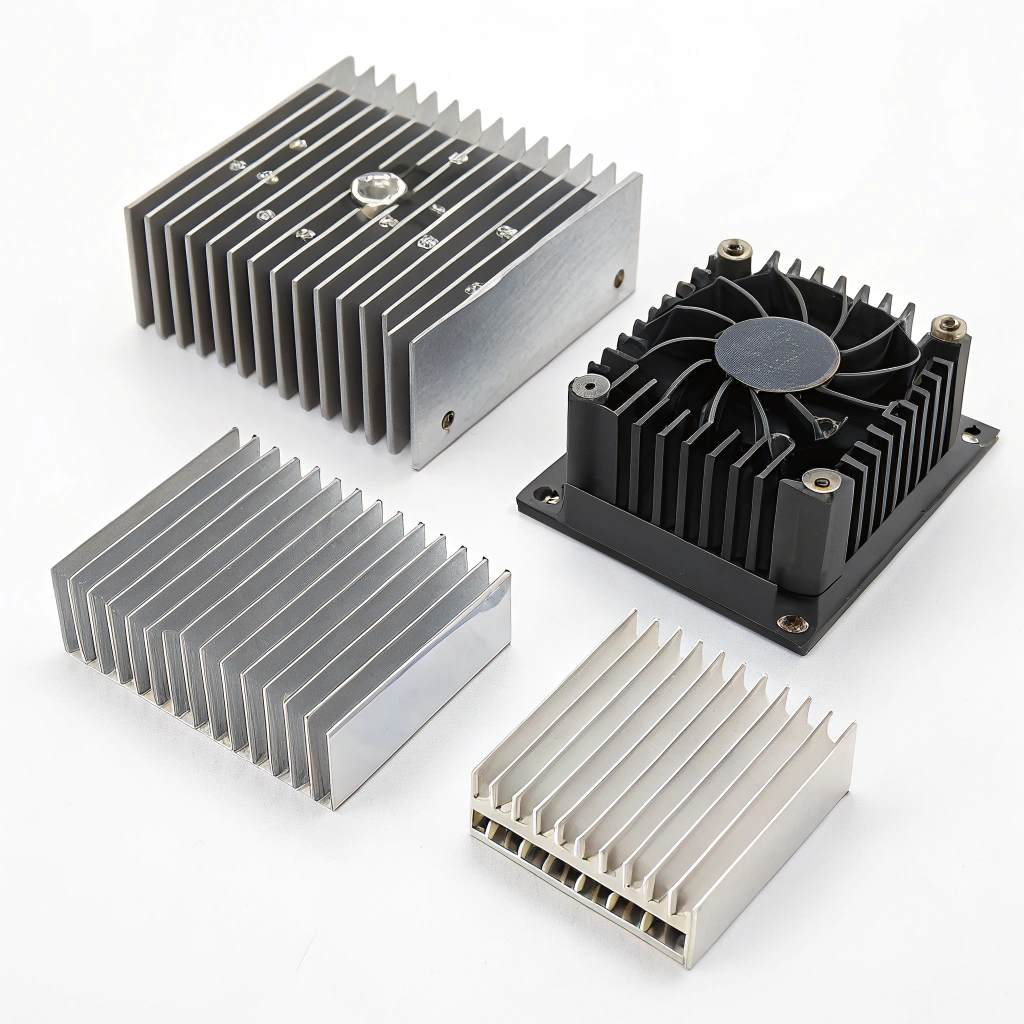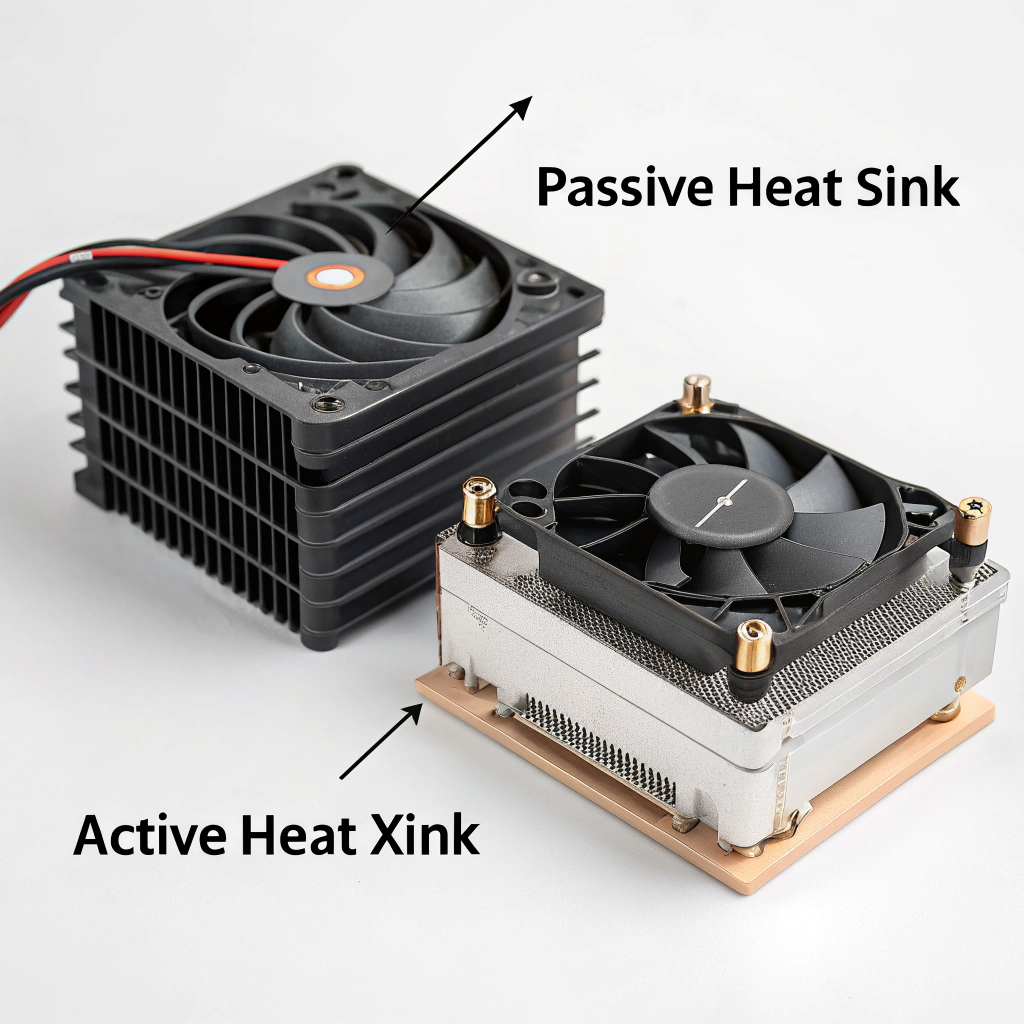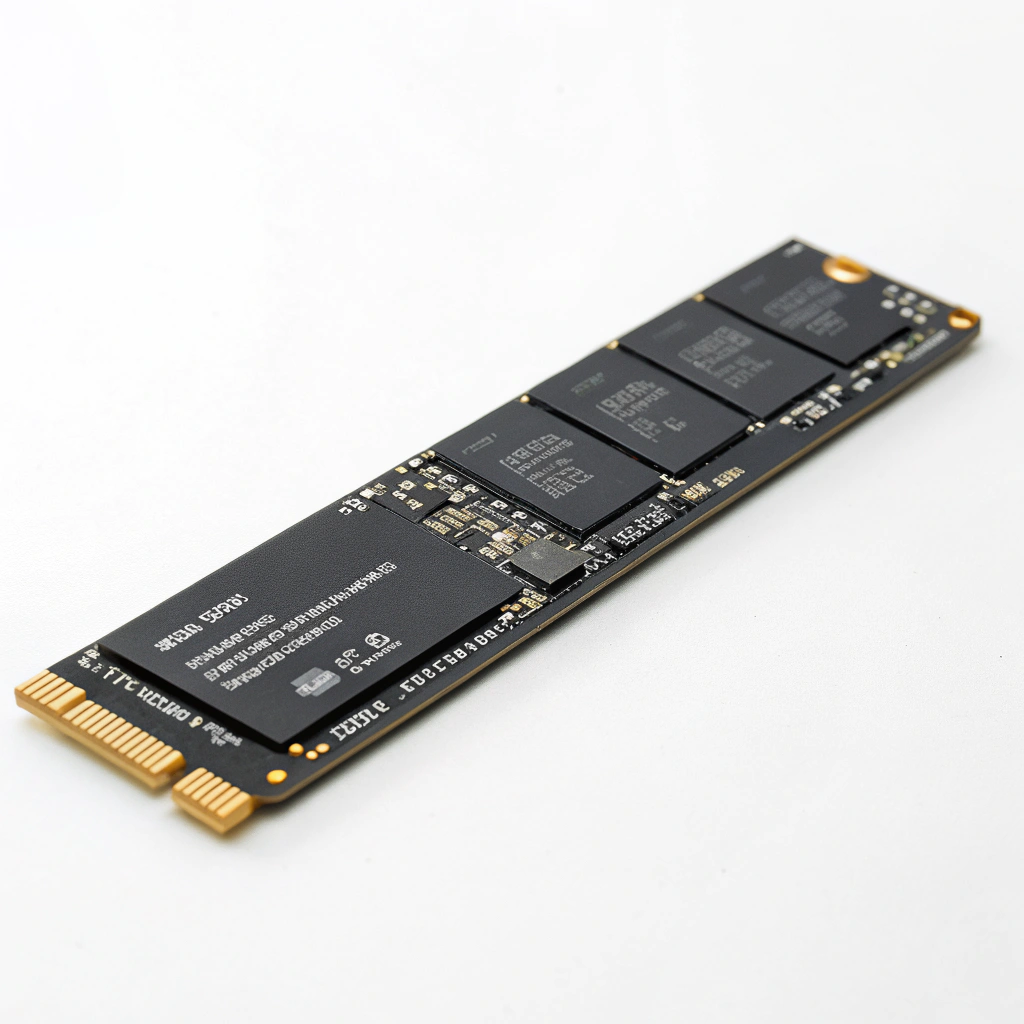Milyen kétféle hűtőbordát ismerünk?

Is your device heating up more than it should? Whether it’s a CPU, GPU, or SSD, the right type of heat sink can make or break your system’s performance.
There are two primary types of heat sinks: active and passive. Active heat sinks use moving parts like fans, while passive heat sinks rely on natural airflow.
Knowing which type of heat sink to use helps you manage heat more efficiently, extend your device’s lifespan, and avoid thermal throttling. Let’s break down the types, their working principles, and practical scenarios.
What are the different types of heat sinks?
When you first look into cooling components, it might seem like there’s just one kind of heat sink. But actually, several variations exist—each serving a different need.
The three main types of heat sinks are passive, active, and hybrid. They differ in how they remove heat—either through natural convection, forced airflow, or both.

Common heat sink categories:
-
Passive heat sinks
- No moving parts
- Made of aluminum or copper
- Rely on natural convection
- Used in low-power systems
-
Active heat sinks
- Include a fan or blower
- Require power to operate
- Offer faster cooling
- Common in CPUs, GPUs, servers
-
Hybrid (or semi-active) heat sinks
- Combine passive base with optional fan
- Can switch modes depending on temperature
- Useful in smart or power-saving devices
By material:
| Anyag | Előnyök | Hátrányok |
|---|---|---|
| Alumínium | Lightweight, affordable | Less conductive than copper |
| Réz | Excellent heat conductivity | Heavier, more expensive |
| Combination | Aluminum fins + copper base | Optimized performance and cost |
By manufacturing process:
- Extrudált: Most common, simple, cost-effective
- Stamped: Lightweight, cheaper, less efficient
- Bonded fin: For high-performance, compact devices
- Skived: High density fins, precise performance
- Forged: Durable, excellent thermal performance
Each form factor is chosen based on airflow, size limits, power draw, and budget. For example, high-end gaming rigs need skived or bonded-fin types. Low-power routers often use stamped aluminum ones.
Hybrid heat sinks combine features of both passive and active cooling systems.Igaz
They use natural airflow and may activate a fan when temperature exceeds a limit.
All heat sinks have built-in fans and need external power to operate.Hamis
Only active heat sinks have fans; passive ones don’t need power.
What are the two main types of heat?
You might wonder—why all this focus on heat sinks? The reason lies in the types of heat we need to manage.
The two main types of heat in electronics are conductive and convective heat. Heat sinks manage both by transferring it away from components and into the surrounding air.
1. Vezető hő
Ez a hő a szilárd anyagokon keresztül terjed. Például amikor a CPU felmelegszik, a hőt a csatlakoztatott hűtőbordába vezeti.
- A hő a forró felületről a hűvösebb fémbe áramlik
- A fém típusa és az érintkező felület befolyásolja a teljesítményt
- A vastagabb alap vagy a polírozott felületek javítják a vezetőképességet.
2. Konvektív hő
Amint a hő eléri a lamellákat, a levegőbe kell jutnia. Ez a konvekció.
- Passzív: természetes légmozgást használ
- Aktív: ventilátorok segítségével tolja vagy húzza a levegőt a lamellákon keresztül.
- Nagyobb légáramlás = gyorsabb hőátadás
Egyes eszközök a következőkkel is foglalkoznak sugárzó hő, de az elektronika kis léptékében ez minimális.
Áttekintő táblázat
| Hő típus | Leírás | Szerep a hőelnyelő rendszerben |
|---|---|---|
| Vezetés | Hőátvitel a fémen keresztül | A hőt a forgácsról a lamellákra szállítja |
| Konvekció | Hőt ad át a levegőnek | Eltávolítja a hőt a lamellákról |
| Sugárzás | Hőt bocsát ki infravörösként | Kisebb, itt nem jelentős |
Hatékony vezetés és konvekció nélkül a hűtőborda egy darab meleg fémmé válik. Ezért számít a tervezés, az anyagok és a légáramlás.
A konvekció a fő módszer, amellyel a hő a hőleadóból a levegőbe kerül.Igaz
Az uszonyok a levegő áramlását használják a hő konvekció útján történő elvezetésére.
A hűtőbordák elsősorban a sugárzás elnyelésével hűtik az eszközöket.Hamis
A sugárzás minimális az elektronikai hűtésben; a vezetés és a konvekció a kulcs.
Mi a különbség az aktív és a passzív hűtőborda között?
Az emberek gyakran összekeverik a kettőt, vagy azt hiszik, hogy az aktív "jobbat" jelent. Ez nem mindig igaz. A megfelelő kiválasztása a rendszer hőteljesítményétől és a tervezési céloktól függ.
Az aktív hűtőbordák ventilátorral vagy fúvókával tolják a levegőt a felületre, míg a passzív hűtőbordák csak a természetes légáramlást használják a hő eltávolítására.

Aktív hűtőborda
- Hozzáad egy ventilátort a légáramlás növeléséhez
- Gyorsabban mozgatja a hőt, mint a passzív
- Nagy teljesítményű chipekhez
- Áramot igényel, zajt okozhat
- Több mozgó alkatrész = nagyobb a meghibásodás kockázata
Passzív hűtőborda
- Teljesen csendes
- Nincs szükség energiára
- A legjobb az alacsony fogyasztású készülékekhez
- Jó szellőzésre van szükség
- Túlmelegedhet, ha a levegő stagnál
Összehasonlító táblázat
| Jellemző | Aktív hűtőborda | Passzív hűtőborda |
|---|---|---|
| Légmozgás | Ventilátorral támogatott | Természetes konvekció |
| Zaj | Igen (a ventilátortól függ) | Nincs zaj |
| Karbantartás | May need fan cleaning | Nagyon alacsony |
| Hatékonyság | Higher (in short term) | Lower but consistent |
| Power requirement | Needs electricity | No power needed |
| Felhasználási eset | CPUs, GPUs, high-load systems | SSDs, routers, fanless PCs |
So, it’s not that one is better—it’s about matching the solution to your system’s thermal design.
Passive heat sinks have no moving parts and do not require power.Igaz
They rely on natural airflow to remove heat.
Active heat sinks are completely silent and maintenance-free.Hamis
They contain fans, which create noise and may need cleaning.
Is it okay to use SSD without a heatsink?
If you’ve bought a fast NVMe SSD, you might be wondering—do I really need a heatsink? The answer isn’t always yes, but it can depend on usage.
It is technically okay to use an SSD without a heatsink, but under heavy workloads, it may throttle performance or reduce long-term reliability.

When heatsinks matter
- Gen 4 & Gen 5 NVMe drives: These get very hot. Without a heatsink, they often hit 70–80°C under load.
- Gaming or content creation: Sustained writes or reads cause high temperatures.
- Enclosed systems: Laptops or mini PCs with limited airflow.
Without proper cooling, the SSD controller may throttle speeds to protect itself. You might see slower load times or data transfers.
When it’s okay to go without
- Basic web browsing or office work
- Low-wattage SATA SSDs
- NVMe SSDs with built-in heat spreaders
- Open air test benches with good airflow
Still, most modern motherboards now come with SSD heatsinks included. If yours doesn’t, aftermarket ones are cheap and easy to install.
SSD Temperature Table
| SSD Type | Load Temperature w/o Heatsink | With Heatsink |
|---|---|---|
| SATA SSD | 35–45°C | 35-40°C |
| NVMe Gen 3 | 50–60°C | 45–55°C |
| NVMe Gen 4/5 | 70–85°C | 50–65°C |
Even if your SSD "works fine" without one, heat will always affect lifespan. Just like with CPUs, cooler is better.
Gen 4 NVMe SSDs can reach 80°C under load and benefit from a heatsink.Igaz
Without a heatsink, high-speed SSDs often throttle due to heat.
SATA SSDs require a large external heatsink for normal use.Hamis
SATA SSDs run cool and typically don’t need extra cooling.
Következtetés
Heat sinks come in many forms, but understanding the two main types—active and passive—helps you make better hardware choices. From basic convection in passive designs to fan-assisted active ones, each has its role. Whether you’re cooling a CPU, SSD, or industrial chip, matching the right heat sink to your thermal needs ensures better performance and longer device life.



